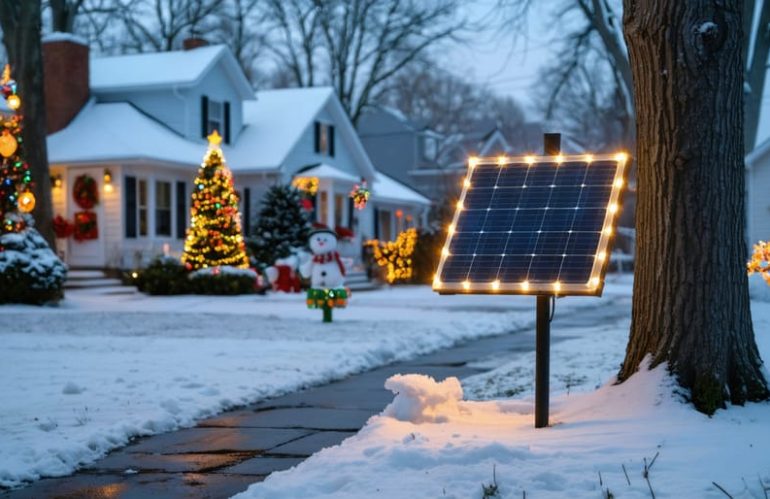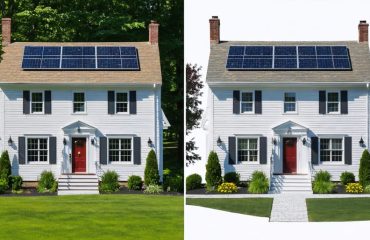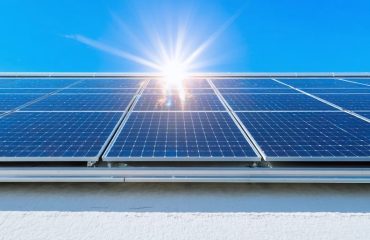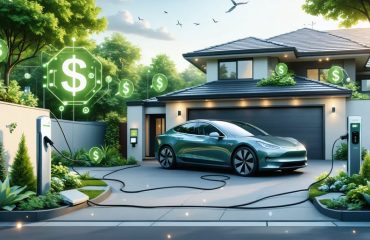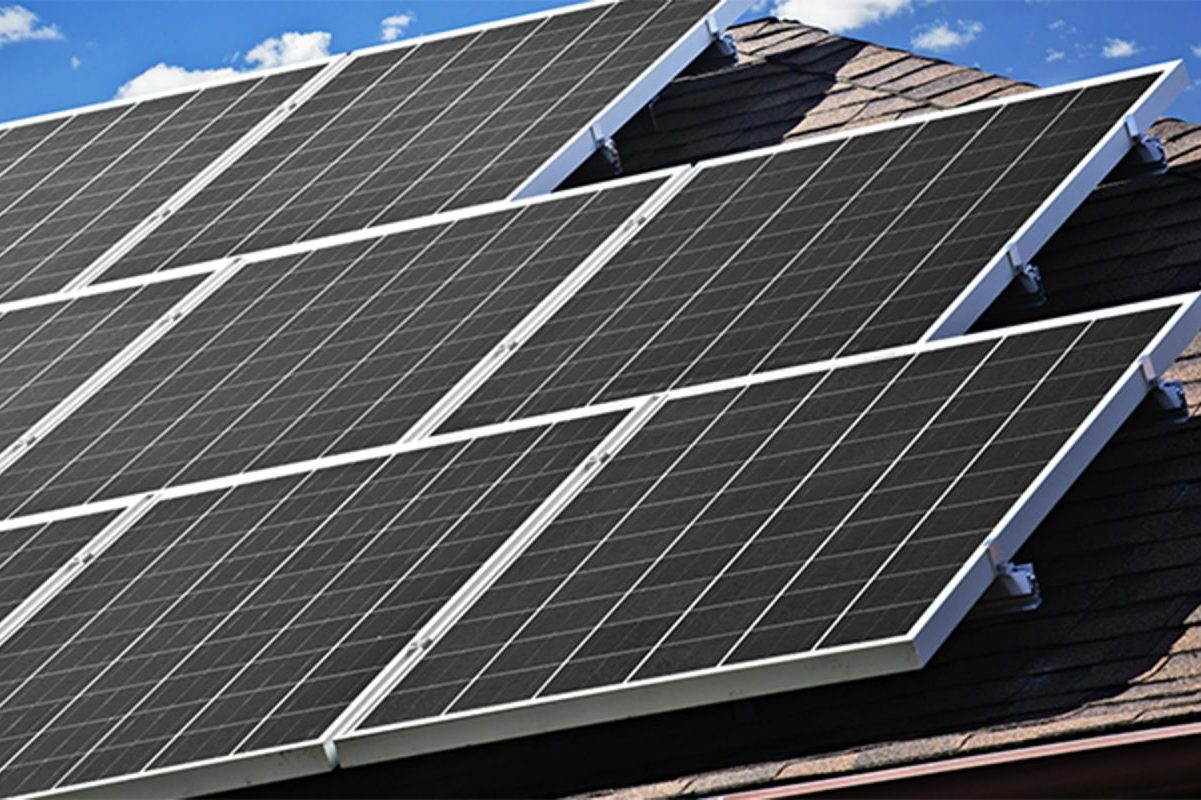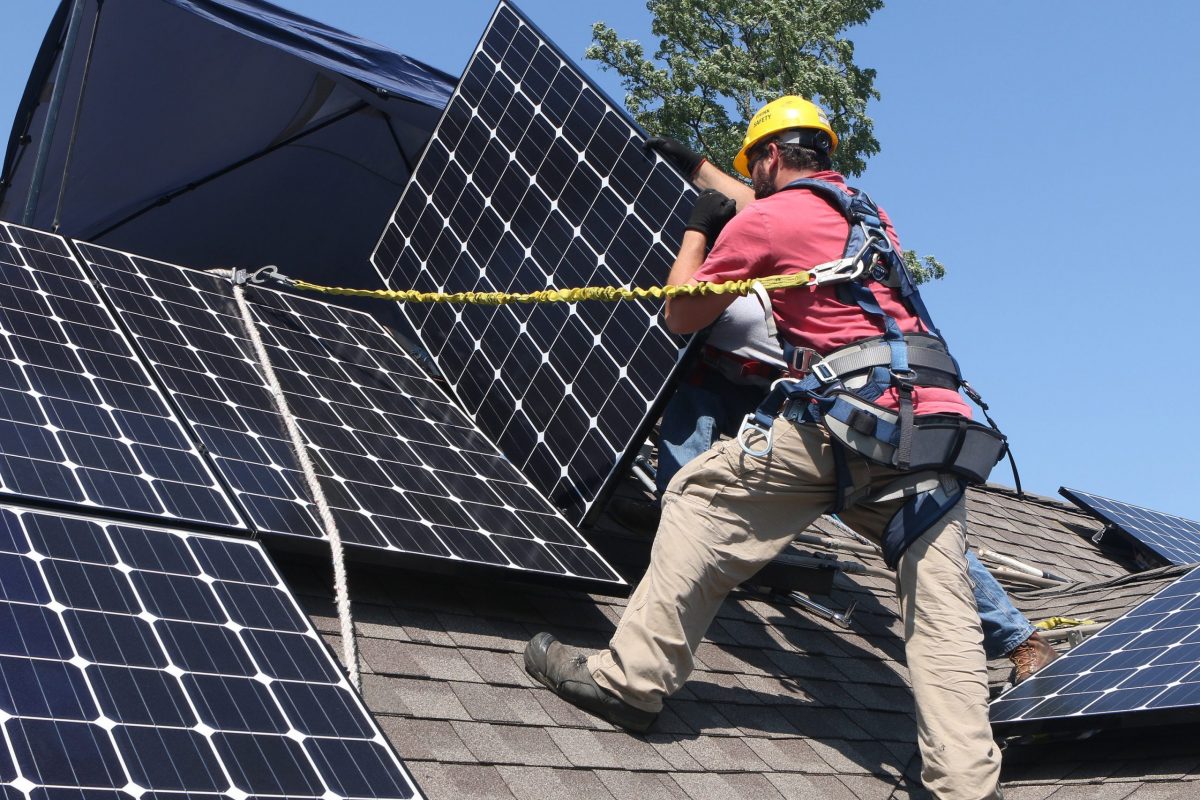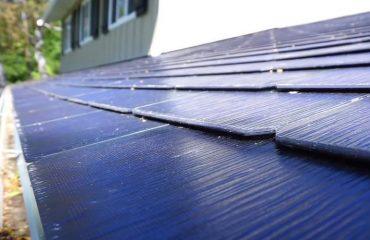Check your solar Christmas light systems for these common issues before replacing them: First, ensure the solar panel is clean and positioned in direct sunlight, as even partial shade can reduce charging efficiency by up to 80%. Next, verify the rechargeable batteries are properly seated and free from corrosion – they typically need replacement every 1-2 seasons. Finally, test the automatic light sensor by covering it completely; functioning lights should activate within 30 seconds.
Most solar Christmas light problems stem from three fixable issues: insufficient sunlight exposure, degraded batteries, or blocked sensors. Modern solar lights require just 6-8 hours of direct sunlight to provide 8-10 hours of evening illumination. With proper positioning and maintenance, these eco-friendly decorations can reliably brighten your holiday display while reducing energy costs and environmental impact.
How Solar Christmas Lights Actually Work

The Solar Panel and Battery Connection
Solar Christmas lights rely on a simple but effective system to create your festive display. Understanding how solar Christmas lights function starts with their power source. During daylight hours, the solar panel converts sunlight into electrical energy, which is then stored in rechargeable batteries, typically NiMH or Li-ion.
The panel needs direct sunlight to work efficiently, usually requiring 6-8 hours of good sun exposure to fully charge the batteries. This stored energy powers your lights throughout the evening. The process is managed by a small circuit board that includes a light sensor, which automatically turns the lights on at dusk and off at dawn.
If your lights aren’t working properly, the issue often lies in this charging cycle. Poor solar panel placement, dirty panels, or aging batteries can all interfere with proper charging, leading to dim lights or shortened run times.
Light Sensors and Controllers
Solar Christmas lights rely on photocells or light sensors to automatically control their operation. These small electronic components detect ambient light levels, turning your lights on at dusk and off at dawn. The sensor works like a simple switch – when light levels drop below a certain threshold, it completes the circuit and activates your lights.
Most controllers have a sensitivity adjustment that lets you fine-tune when your lights turn on and off. If your lights aren’t working properly, check that the sensor isn’t being affected by nearby light sources like street lamps or porch lights, as these can confuse the system.
The controller box usually houses both the light sensor and the battery management system. This unit needs to be positioned where it can accurately detect natural light levels. Ensure it’s not covered by snow, leaves, or other decorations that could block the sensor and prevent proper operation. Regular cleaning of the sensor surface with a soft cloth can help maintain reliable performance.
Common Reasons Your Solar Lights Aren’t Working
Insufficient Solar Exposure
One of the most common reasons solar Christmas lights fail to work properly is insufficient exposure to sunlight. The solar panel needs direct sunlight to effectively charge the batteries that power your lights. If your panels are placed in shaded areas, under eaves, or behind objects that block sunlight, they won’t receive enough energy to fully charge. Even partial shade from trees, buildings, or other holiday decorations can significantly reduce charging efficiency.
For optimal performance, ensure your solar panel faces south (in the Northern Hemisphere) and is positioned at a 45-degree angle. During winter months, when days are shorter and the sun’s angle is lower, proper placement becomes even more crucial. Remove any obstacles that cast shadows on the panel during peak sunlight hours, typically between 10 AM and 2 PM.
Keep in mind that cloudy days and winter weather can also impact charging capability. If you live in an area with limited winter sunlight, consider relocating the lights to a spot that receives maximum available light or adjusting the panel’s angle to capture more direct sunlight during shorter days.
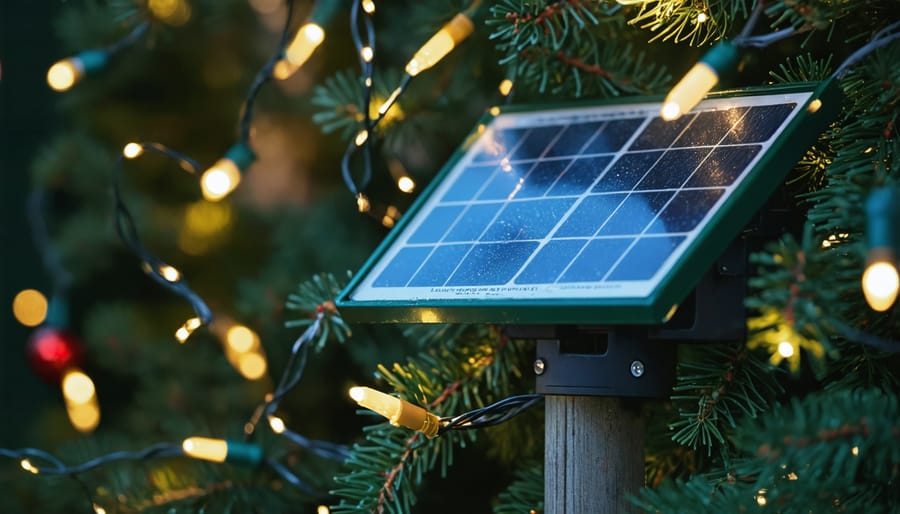
Battery Issues
Battery issues are often the root cause of solar Christmas lights malfunctioning. The most common problem is batteries not holding a charge, which typically happens when they’ve been exposed to extreme temperatures or have reached the end of their lifespan. If your lights aren’t turning on at night, start by checking if the batteries are properly seated in their compartment and free from corrosion.
For rechargeable batteries, ensure they’re receiving adequate sunlight during the day – most solar lights need 6-8 hours of direct sunlight to charge fully. If your batteries are more than two years old, they may need replacement. When replacing batteries, always use the same type and capacity recommended by the manufacturer.
Some solar lights come with built-in batteries that aren’t replaceable. In these cases, if the battery fails, you’ll need to replace the entire light unit. To extend battery life, clean the solar panel regularly and store your lights in a cool, dry place during the off-season. Consider removing the batteries if storing lights for extended periods to prevent corrosion and damage to the battery compartment.
Sensor and Controller Malfunctions
Malfunctioning sensors and controllers are common culprits when solar Christmas lights stop working. The light sensor might become covered with dirt or debris, preventing it from accurately detecting darkness and triggering the lights to turn on. Similarly, if your lights’ controller is exposed to moisture or extreme temperatures, it can cause erratic behavior or complete failure. Check that the sensor is clean and unobstructed, and ensure the controller unit is protected from the elements. Sometimes, simply repositioning the solar panel to avoid shadows from buildings or trees can resolve sensor-related issues. If your lights have a manual override switch, try toggling between settings to reset the controller. For persistent problems, the sensor or controller unit might need replacement, which is often more cost-effective than buying entirely new lights.
Quick Fixes for Solar Christmas Light Problems
Cleaning and Maintenance
Regular cleaning and maintenance can significantly extend the life of your solar Christmas lights and keep them operating at peak efficiency. Start by gently wiping the solar panels with a soft, damp cloth to remove dust, dirt, and debris that can block sunlight absorption. Avoid using harsh chemicals or abrasive materials that might scratch the panel’s surface.
During storage seasons, clean the lights with a slightly damp cloth to remove any accumulated grime, and ensure they’re completely dry before storing. Keep battery compartments clean and free from corrosion by checking them periodically and cleaning the contacts with a cotton swab if needed.
Protect your lights from extreme weather conditions when possible. While most solar Christmas lights are weatherproof, prolonged exposure to harsh elements can degrade their performance. When storing, remove the batteries and keep the lights in a cool, dry place away from direct sunlight.
Perform monthly checks during the holiday season to ensure all connections are secure and no wires are frayed. Trim any nearby foliage that might cast shadows on the solar panels, as this can significantly impact charging efficiency.
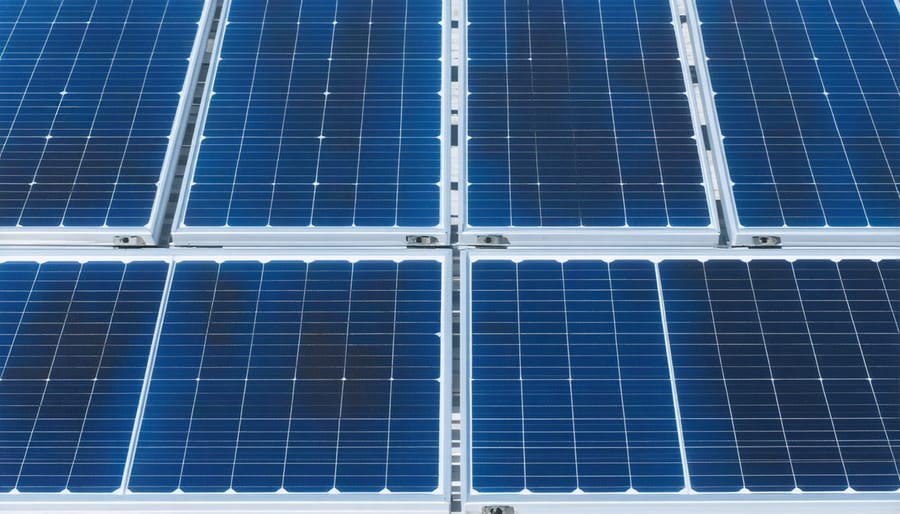
Optimal Placement Tips
Proper placement of your solar Christmas lights can significantly impact their performance. Position the solar panel in a spot that receives direct sunlight for at least 6-8 hours daily, typically facing south in the Northern Hemisphere. Avoid areas shaded by trees, buildings, or other structures that could block sunlight.
Mount the solar panel at a 45-degree angle to maximize sun exposure during winter months when the sun sits lower in the sky. If possible, adjust this angle throughout the season as the sun’s position changes. Keep the panel clean and free from snow, leaves, or debris that might reduce its charging efficiency.
For best results, place lights where they won’t be affected by competing light sources like street lamps or porch lights, as these can interfere with the automatic light sensors. Consider using extension cables (if included with your set) to optimize the panel’s placement while keeping your decorative display exactly where you want it.
Remember to keep the solar panel away from areas prone to water pooling, and ensure it’s securely mounted to prevent wind displacement.
When to Replace Components
Regular maintenance checks can help you identify when your essential solar components need replacement. Replace solar batteries every 2-3 years, or when charging capacity noticeably decreases. LED bulbs typically last 5-7 years but should be replaced if multiple lights in a string stop working simultaneously. Solar panels may need replacement after 8-10 years if charging efficiency drops significantly. Look for visible damage on wire connections and replace them if you notice fraying or exposed wires. The controller unit should be replaced if lights flicker consistently despite good battery charge or if it shows signs of water damage. When in doubt, test components individually to pinpoint exactly which parts need replacement.
Preventing Future Problems
Regular maintenance and proper care can significantly extend the life of your solar Christmas lights and prevent common issues. Start by cleaning the solar panels monthly with a soft, damp cloth to remove dust and debris that can reduce charging efficiency. When storing your lights during the off-season, keep them in a dry, temperature-controlled environment to protect the batteries and electronic components.
Before installation each season, test your lights in full sunlight and inspect all components for damage. Position the solar panels where they’ll receive maximum sun exposure, ideally facing south, and avoid areas shaded by trees or buildings. During installation, ensure all connections are secure and protected from moisture using weatherproof covers or electrical tape.
Consider investing in high-quality solar lights with durable materials and reliable warranties. While they may cost more initially, better-quality lights typically last longer and perform more reliably. Keep backup rechargeable batteries on hand and replace them annually or when you notice decreased performance.
During the holiday season, regularly check that solar panels remain clean and properly angled toward the sun. In snowy regions, gently brush off any snow accumulation from the panels. By following these preventive measures, you’ll enjoy bright, reliable solar Christmas lights season after season while maintaining their eco-friendly benefits.
Solar Christmas lights offer a sustainable and cost-effective way to brighten your holiday season. While they may occasionally present challenges, most issues are easily resolved with proper maintenance and care. By following the troubleshooting steps outlined in this guide, you can keep your solar lights shining brightly throughout the festivities. Remember to position your solar panels optimally, keep them clean, and ensure proper battery maintenance for the best results. Making the switch to solar-powered holiday decorations not only reduces your carbon footprint but also brings the joy of eco-friendly celebration to your home. With these sustainable lighting solutions, you can create magical holiday displays while contributing to a greener future – proving that environmental consciousness and festive cheer go hand in hand.

